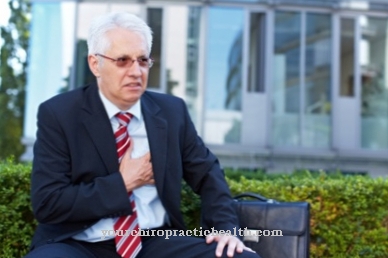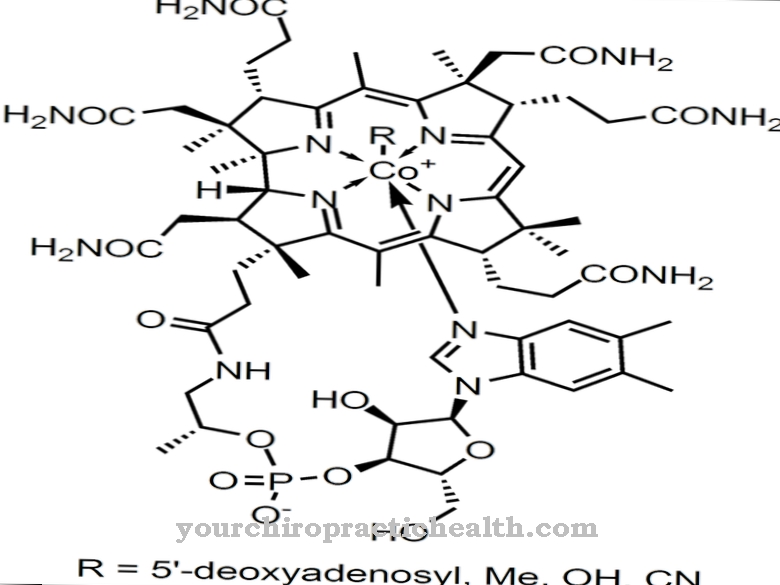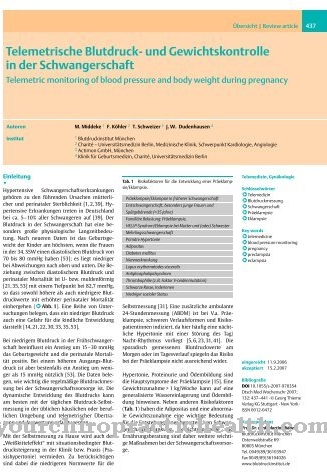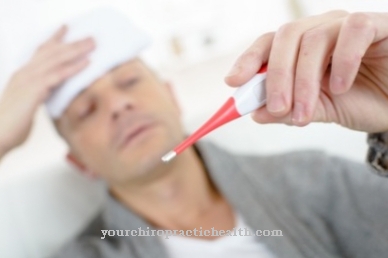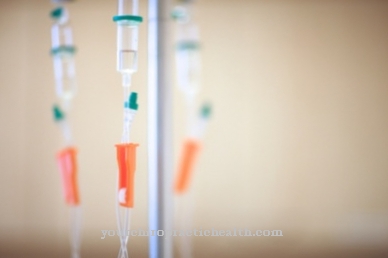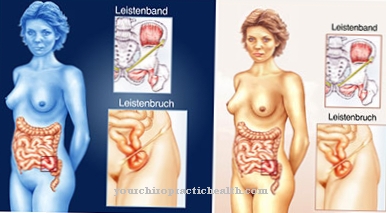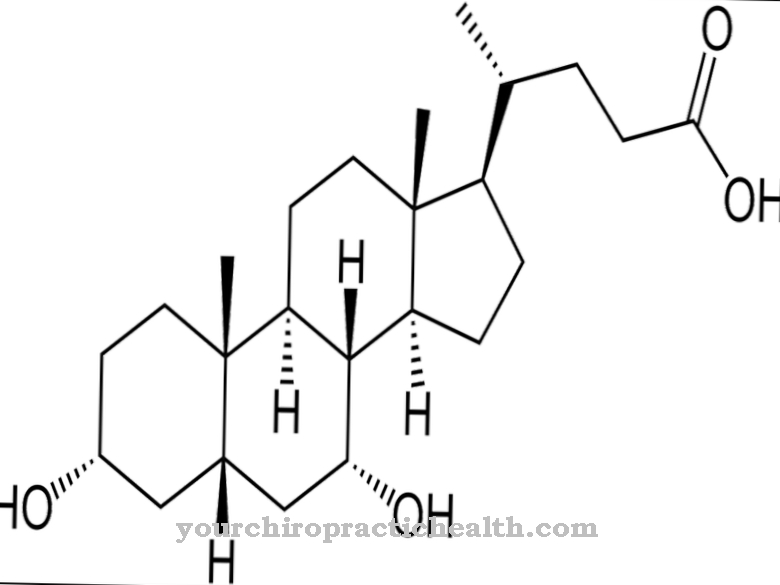Disinfectants are not drugs in the strict sense. Nevertheless, they make a valuable contribution in everyday medical practice and also at home. The main benefit of disinfectants is to kill germs and bacteria so that further infection can be reduced or excluded. However, disinfection must be distinguished from sterilization.
What are disinfectants?

Not only in medicine, but also in many other industries and even in the private sector Disinfectants used to a greater or lesser extent. The use of disinfectants is intended to ensure that disease-causing or putrefactive microorganisms do not spread any further. It does this by killing the germs.
The disinfectants are used for surface disinfection, laundry disinfection or for use on special parts of the body. Disinfectants can be applied to the corresponding zones either before or after cleaning and incorporated according to the manufacturer's instructions.
Only in this way can questionable microorganisms be inactivated or completely removed. The disinfectants are offered as sprays or liquids, depending on their nature, and are subject to special requirements in terms of application, exposure time, irritability and concentration. Efficient use of the disinfectants can only be guaranteed if these guidelines are observed.
Application, effect & use
In medicine they have Disinfectants have different meanings and are used for different purposes. In medical practices, medical treatment rooms for physiotherapy and in clinics, disinfectants are an indispensable requirement in order to guarantee germ contamination and the spread of germs.
However, not all pathogenic microorganisms can guarantee complete sterility. In the operating theater, the instruments and individual tools are even subjected to sterilization.
For the surfaces and the further disinfection of the device, however, the standard disinfectants are largely sufficient. In most medical facilities in which patients, visitors and relatives move about, highly effective and skin-friendly disinfectants for hand disinfection are provided.
In the context of the different types of disinfectants, it is mainly the chemical substances that are relevant. The selected chemical ingredients work to destroy the structures of the microorganisms. These processes are mainly based on the so-called precipitation or dissolution of the proteins from which the cells of the bacteria are built.
Some disinfectants contribute to damage to the cell walls or the nucleic acids in microorganisms. In addition, the chemical disinfectants kill fungi, viruses and tuberculosis bacteria.
Herbal, natural & pharmaceutical disinfectants
Inside the modern Disinfectants different types are distinguished. The respective names of the classic groups are based on the types of germs that can be rendered harmless with the substances. Fungicides, virucides, sporocides and bactericides are used in this context.
In addition to the synthetically obtained disinfectants, the natural disinfectants have also proven themselves in practice. Numerous natural substances, including salt, hot spices, tea tree oil, the extracts from grapefruit, silver thistle and chamomile as well as honey, have become known for their disinfecting properties.
These remedies are often used in alternative medicine or homeopathy. They have no unpleasant side effects, are well tolerated and disinfect in a gentle way. Various homemade, ecological disinfectants made from natural ingredients also have an antiseptic effect.
Artificial chemical disinfectants include chlorine oxide, iodine, formaldehyde and sodium hypochlorite, as well as peracetic acid. These active ingredients are selected for the disinfection of surfaces and instruments as well as for the disinfection of mucous membranes and skin.
Excellent results with disinfectants of the unnatural group can be achieved with phenols, alcohol and various nitrogen compounds. These are also suitable for various purposes in medicine.
Risks & side effects
The use of Disinfectants is not entirely problem-free and risk-free. Not only damage and irritation to the outer layers of the skin and the mucous membranes, but also the environment must be considered. In the event of improper use, the germs to be eliminated can also become insensitive to the microorganisms.
These properties are known as dangerous resistances and can pose an additional risk to patients. An important issue. what is connected with this issue is what is known as hospitalism.
A strong impairment of the microbial skin flora can be triggered by an excessive dosage of the disinfectant and an improper exposure time. In addition, some types of disinfectant must be rinsed off after the exposure time. Disinfectants with an intense odor can irritate the sense of taste or smell. Other disinfectants in turn trigger unpleasant allergies and are even highly flammable or combustible.






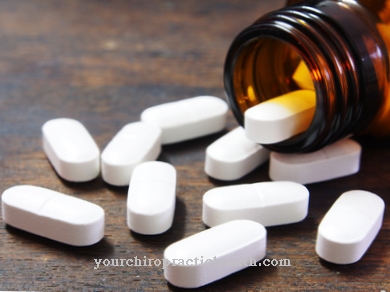

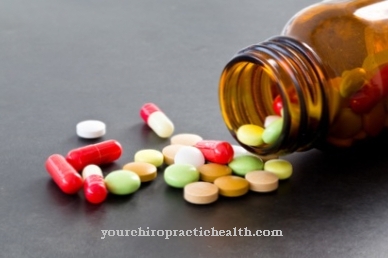
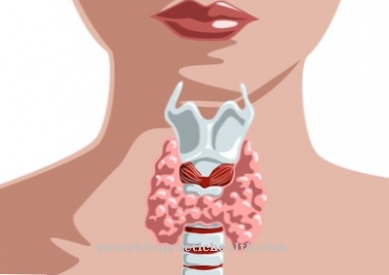

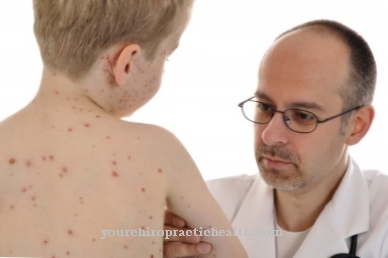


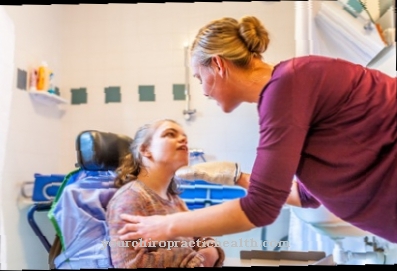

.jpg)
